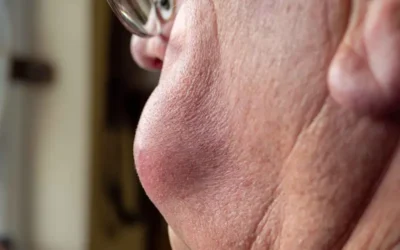To ensure accurate medical billing in the coming year, physician practices should review the 2015 OIG Work Plan for both new and continuing topics that may involve the services they are providing. This annual publication describes the review activities of the OIG (Office of the Inspector General) and this year’s issue highlights the activities in 2015. It states that the OIG plans to continue to focus on issues including emerging payment, eligibility, IT, management, security vulnerabilities, care quality, public health and human services programs and correctness of Medicare and Medicaid payments.
Outpatient Evaluation and Management (E/M) Codes
Under the new plan, OIG will continue evaluating the use of new patient visit E/M codes for patients seen in a hospital outpatient clinic. When the place of service is a hospital outpatient clinic, the standard used for considering a patient as new or established is similar. Typically, a new patient is one who has not been seen in the past 3 years by the same physician or a physician in the same group. In the case of a hospital outpatient department, any patient who registers as outpatient and receives professional medical services fulfills this standard and must be considered as an established patient.
Comparison of Provider-based and Free-standing Clinics
The new Work Plan states that they will review and compare Medicare payments for physician office visits in provider-based clinics and free-standing clinics. The major goals behind this review are to determine the difference in payments received by the clinics for similar procedures and assess the potential impact on the Medicare program of hospitals claiming provider-based status for those facilities.
Medicare Payments for Power Mobility Devices (PMDs)
Medicare Part B payments for PMDs will be reviewed to determine whether requirements specified by Medicare for a face-to-face examination were met. When prescribing a PMD, Medicare requires the treating physician to conduct a face-to-face examination to determine the medical necessity of the PMD and write a prescription for the PMD. The prescribing physician can bill for an E/M service to receive reimbursement for face-to-face examination and bill Medicare for an add-on payment for documenting the need for the PMD. If the physician is not billing the code for add-on payment in addition to E/M code, PMD claims may be denied.
Errors in Place-of-Service Coding
Since Medicare pays high when a service is performed in a physician office v/s a facility setting including a hospital clinic, there are chances of inaccuracies with place of service coded for such services. OIG hopes to determine how such discrepancies may affect the costs borne by Medicare. This will provide an estimate of the scope of the problems and audits for providers having the modest rate of facility services where the services reported are commonly performed in a facility.
Medicare Claims of Ophthalmologists
Medicare reimbursement data released in April 2014 revealed that the payments to ophthalmologists are the largest among any medical specialty. The OIG plans to review Medicare claims data to identify any kind of potentially inappropriate and questionable billing to ophthalmology services.
High Utilization of Sleep-testing Procedures
An OIG analysis in 2010 revealed high utilization of certain sleep-testing procedures such as CPT codes 95810 and 95811, which resulted in high payment for these codes (around $415 million) in CY 2012. OIG is planning to check the issue of duplicative testing done after an initial test, where the results of the initial test are still clinically pertinent. In these cases, Medicare may not consider addition test performed medically necessary.
Anesthesia Services
Medicare pays a higher amount if the claims include the modifier “AA” that denotes services personally performed by an anesthesiologist as opposed to a service that was medically directed by an anesthesiologist. The OIG will review the payments for personally performed services.
What Physician Practices Must Do
- Since a patient may be considered an established patient when they have been to an outpatient clinic previously, physicians should ensure that they code their E/M encounters for visits properly.
- Keep an eye on how your Medicare claims are processed and reimbursement received to avoid discrepancies.
- Before submitting PMD claims, ensure that the code for add-on payment is added.
- Ensure that your system for identifying the place of service for billing purposes is efficient.
- Before responding to the audit requests by outside entities, conduct your own internal review of medical record documentation.
- While ordering or performing sleep studies, make sure that they are not duplicate testing while the results of previous testing are still clinically relevant. Ensure that no such documentation is there before submitting claims.
- Be vigilant while coding claims with modifiers and ensure that correct modifier is listed on each claim.
Follow up with the OIG Work Plan 2015, and incorporate review of applicable practices or services identified in the Work Plan into your own compliance activities. Consider obtaining support from a medical billing and coding company that provides the service of experienced billers who keep abreast of the latest developments in the healthcare field. These experts will take care of your claim processing and submission so that you can focus on your core competencies and improve your revenue.




